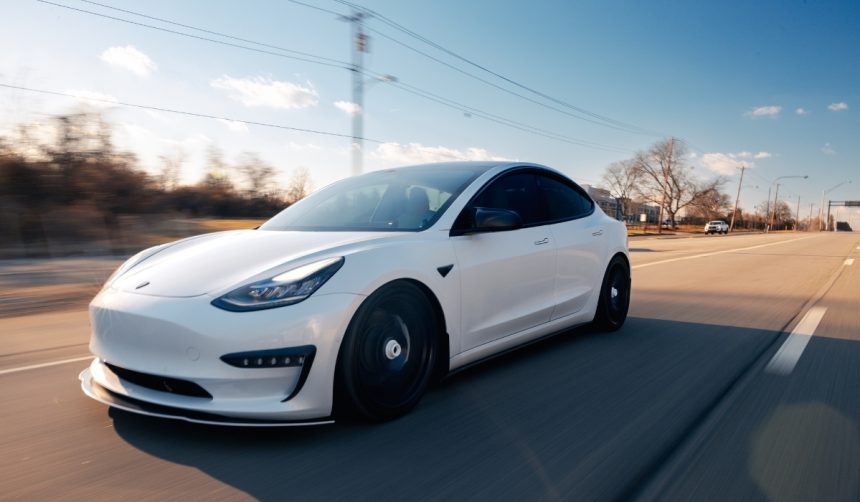Excitement is building among Tesla Cybertruck owners as they anticipate access to the latest Full Self-Driving (FSD) v14.1 update, which has already reached other Tesla models. Many in emerging online communities are tracking updates and timelines closely, seeking clarity from company representatives as they watch rollouts unfold. The Cybertruck’s unique technical specifications, including its larger size and all-wheel steering, create extra steps in the update process, making this delay a keen point of interest for owners invested in Tesla’s rapidly evolving technology.
When comparing current developments to past software releases, the Cybertruck has consistently seen later access to new features than other Tesla vehicles. Earlier FSD updates often lacked functions available on Model 3, Model Y, or Model S and X, especially with advanced parking and reversing abilities. Previous comments suggested hardware and software integration challenges unique to the Cybertruck’s design, particularly in adapting the Autopilot system for the pickup’s all-wheel steering. These hurdles have shaped owner expectations and influenced the dynamics of software rollout discussions within the Tesla community.
Why Does the Cybertruck Face FSD Delays?
Tesla’s Full-Self Driving update process for the Cybertruck requires different treatment from other vehicles due to its size and the inclusion of all-wheel steering. CEO Elon Musk highlighted technical complexities, stating,
The all-wheel steering of Cybertruck requires a bit more Autopilot training.
This need for additional calibration results in software updates being delivered to Cybertruck owners after other Tesla drivers have already received them.
What Features Will FSD v14.1 Bring to the Cybertruck?
Tesla’s FSD v14.1 comes with substantial upgrades, promising improved performance in parking garages, customizable parking preferences, and the introduction of a new “Sloth” driving mode designed for heightened caution. Notably, Cybertruck owners are set to experience functionalities previously missing, such as self-reverse and autonomous parking. Ashok Elluswamy, Tesla’s Head of AI, offered reassurance about the upcoming update:
We got you. Coming soon.
These remarks signaled that Cybertruck users would enjoy the full suite of capabilities delivered in FSD v14 releases.
How Are Other Tesla Owners Responding?
The rollout of FSD v14.1 has generated visible enthusiasm among Tesla Model 3, Y, S, and X drivers, with many sharing their first impressions on social platforms. Early users highlighted enhancements over the previous FSD v13, including smoother maneuvering and greater customization. As differences between model-specific software deployment narrow, expectations are that the Cybertruck will soon feature a comparable experience to its counterparts in the Tesla ecosystem.
Examining the dynamics of Tesla’s software strategy and owner feedback, it’s clear that the Cybertruck’s update lag stems from its operational uniqueness and engineering differences. Owners should consider that software and hardware alignment for new vehicle models takes additional time, especially with features that interact with hardware like advanced steering. Those anticipating FSD v14.1 for Cybertruck can watch for official announcements and peer experiences to guide expectations. Future buyers of Cybertruck or other new Tesla models may benefit from understanding the interplay between manufacturing, hardware design, and software update pacing, fostering informed decisions and realistic timelines for the latest features.
- Cybertruck’s FSD v14.1 update faces delays for technical reasons.
- Tesla plans to bring full-featured FSD to Cybertruck soon.
- Other models have started showing improvements with FSD v14.1 rollout.










